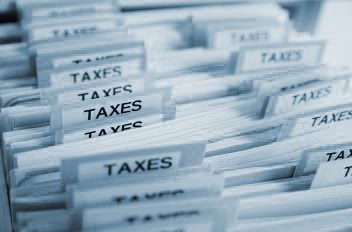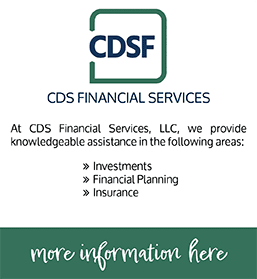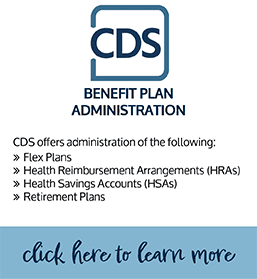 As important tax records start filling mailboxes, how can you make sure your tax preparation goes smoothly and efficiently this year? Here are some tips:
As important tax records start filling mailboxes, how can you make sure your tax preparation goes smoothly and efficiently this year? Here are some tips:
- Keep it all in one place. It seems obvious, but how often have you found yourself going through piles of paper looking for that elusive 1099 tax form or charitable deduction receipt? Store all documents in one place. If you do only one thing this year, do this.
- Sort. Now that everything is all together, sort your information into the same buckets used on your tax return. At a minimum, sort the information into the following basic categories. If you have a lot in one category, sort that stack into subcategories:
Income: Wages (W-2), alimony, business income (1099-MISC, K-1), interest income (1099-INT), dividends (1099-DIV), gambling winnings (W-2G), Social Security, investments (1099-B), and other income items
- Income adjustments: Student loan interest, alimony paid, educator expenses, moving expenses, other education expenses, IRA contributions, and HSA/MSA contributions
- Itemized deductions: Taxes paid, charitable contributions, interest expenses (mortgage and home equity), medical and dental expenses, investor expenses, casualty and theft losses, unreimbursed employee expenses
- Credit information: Child and dependent care expenses, other credit-related expenses, adoption expenses, and education expenses
- Business/rental: Sort income and expenses for business activity, hobby activity, or rental unit
Note: This list is not all-inclusive. It’s here as a starting point to help you sort your information and streamline your filing.
-
- Create a “not sure” bucket. There may be things you receive that you are not certain you’ll need for tax filing purposes. These items should be gathered in one place for review.
- Sum it up. Once the information has been categorized, create a summary of the information. This summary can be a filled-out copy of a tax organizer or it could be a simple recap you create.
- Check for missing items. Pull out last year’s tax return and create a list of things you needed last year. Use this as a checklist against this year’s information. While this process will not identify new items, it will help identify missing items that qualified in prior years.
- Finalize required documentation. Certain deductions require documentation to qualify your expenses. Common areas that require this are: business mileage, charitable mileage, medical mileage, moving mileage, noncash charitable contributions, and certain business expenses. These records should be maintained throughout the year for deductions, but now is a good time to make sure they are complete and ready to go for tax filing.
It’s very easy to overlook something given the lengthy list of taxable income items, deductions and credits. By following these tips you can greatly reduce that risk. Call our office at (888) 388-1040 to discuss these tips.
Year-End 2017: This newsletter is issued annually to provide you with information about minimizing your taxes. Do not apply this general information to your specific situation without additional details. Be aware that the tax laws contain varying effective dates and numerous limitations and exceptions that cannot be summarized easily. For details and guidance in applying the tax rules to your individual circumstances, please contact us. ©MC





